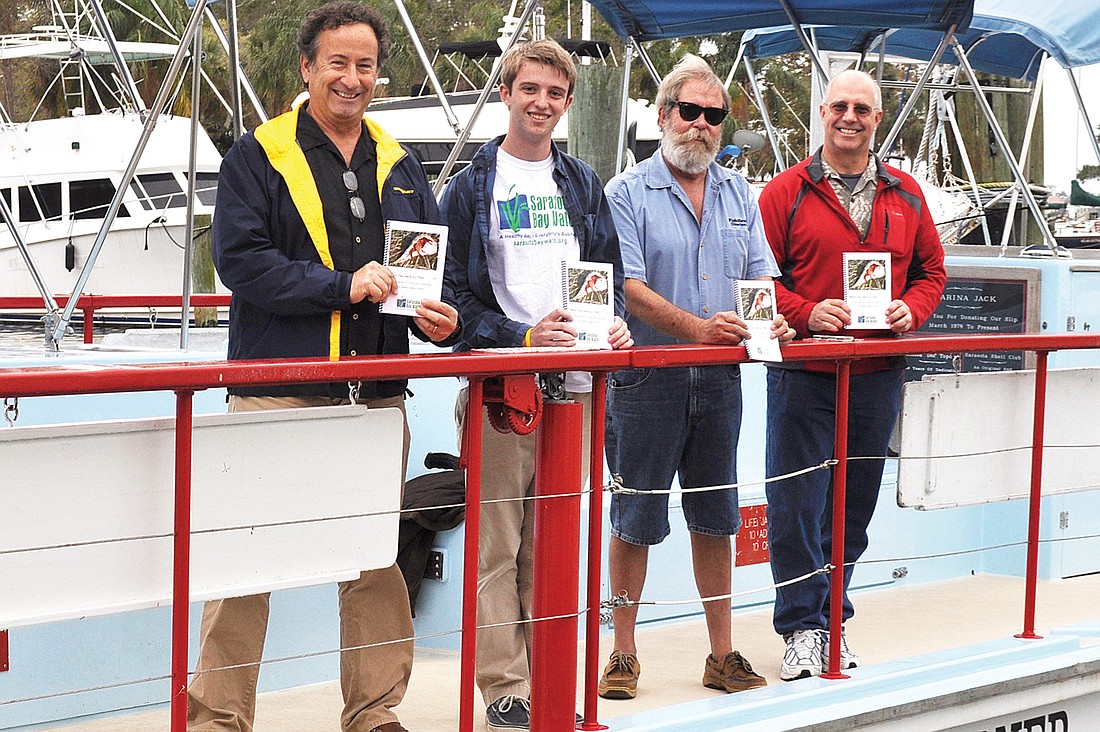- April 16, 2024
-
-
Loading

Loading

Using a boat, a waterproof camera and a small grant for printing fees, Tanner Stults created a field guide for Florida’s coast; bays that includes more than 50 photographs. It’s a project that took the now Riverview High School senior one-and-a-half years to complete.
“I was amazed at how many different things were in the bay,” Stults says.
The field guide, titled, “What the Heck is That … ?” is a full-color guide to be utilized by students and learners around the bay area. It was made in conjunction with Sarasota Bay Watch. Already, 20 guides have been distributed to Carefree Learners floating classroom, Riverview High School and Save Our Seabirds.
“It seemed like a cool project and I wanted to take it on,” Stults says.
Amanda Dominguez, environmental specialist for Sarasota County Environmental Utilities, served as Stults’ adviser while he interned with her department during summer 2010. Dominguez and her crew would take photos of creatures they’d run into on seagrass surveys, and their response was typically, “What the heck is that?”
She expressed a need for a field guide, and Stults decided to take it on as his independent project.
“My dad and I would go out on the boat, whether it was for fun or for the project, and I’d take photos of any animal or marine life that I found,” Stults says.
After taking the photos, he’d research as much information about the animal as he could. He then sent everything to Mote Marine and Charlotte Harbor National Estuary Program to verify all the facts. He even wrote his own grant and received a $250 micro grant from Charlotte Harbor National Estuary Program for fees and printing.
Stults’ hope for the guide is to educate students and volunteers, promote a healthy bay and spread awareness of environmental issues. The guide includes such items as prop scars, a “happy volunteer” who helps the bay and a bird tangled in monofilament.
“It felt really good (to finish),” Stults says, “It’s nice to know that a high school student can make an impact.”
It’s not the first time Stults has taken on environmental projects. He has been volunteering in seagrass surveys, scallop watches and exotic-plant removal and monofilament cleanup for the Sarasota Bay since 2006, and he plans to continue environmental outreach in college.